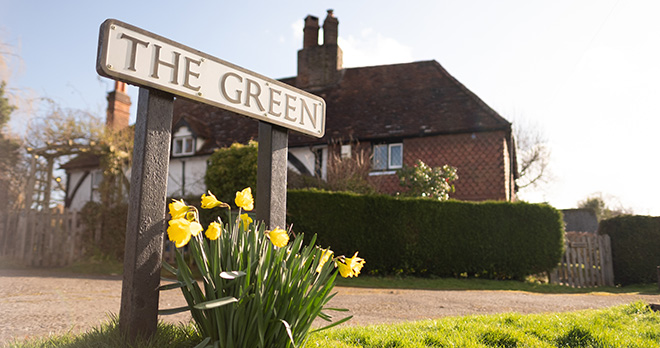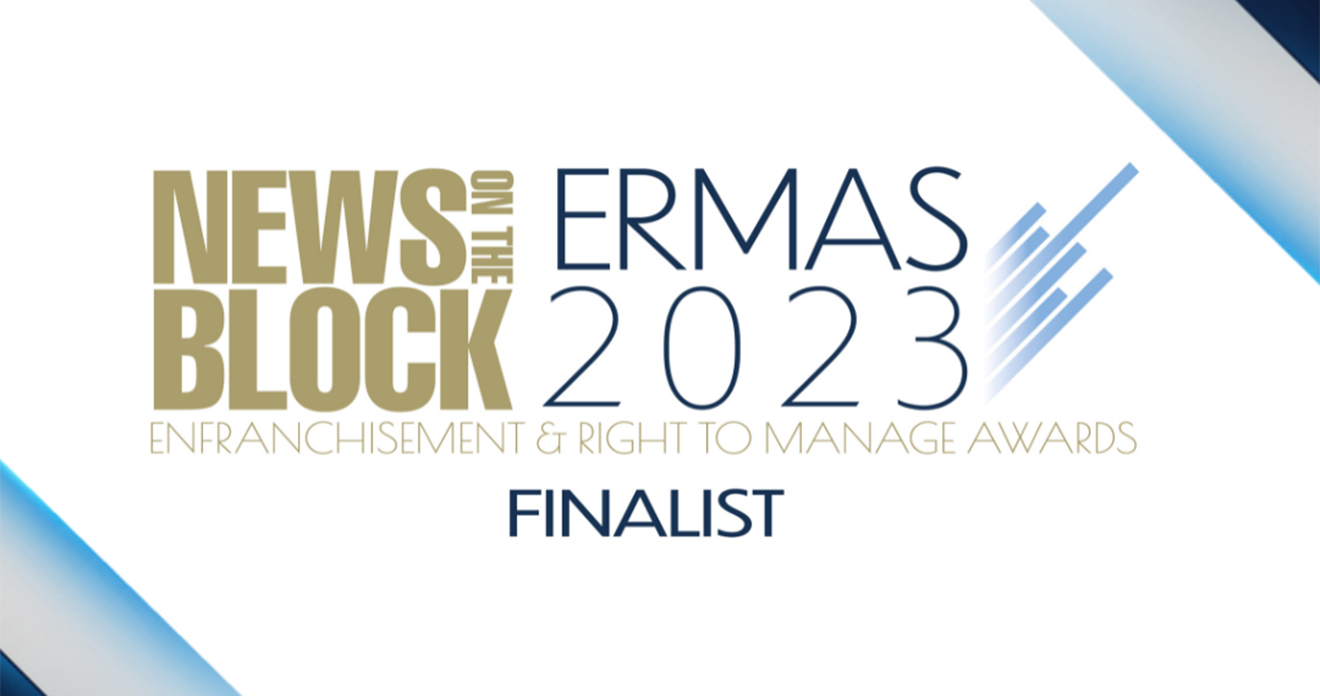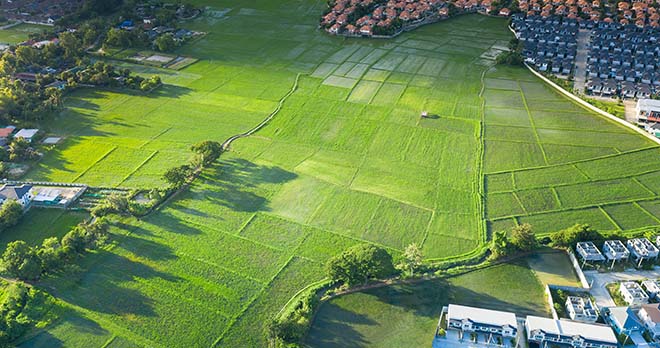Staying in the light

The fourth article in the series on rights of light explains about light obstruction notices
A right to light is an unusual concept; most commonly, it is
acquired by long-term use pursuant to the terms of the Prescription
Act 1832 (bit.ly/PresAct1832).
If the right is acquired in this way, then it will not be recorded on any title documents. Set against this background is the light obstruction notice (bit.ly/LON-RoL59).
This is often referred to as a notional obstruction: in other words, it is a completely artificial concept, a fictional screen or wall as opposed to a physical obstruction. It was introduced by the Rights of Light Act 1959 (bit.ly/RoLAct59) as a statutory method of interrupting the passage of light without the need for putting up a physical obstruction.
If daylight passes across one piece of land to another that has constituted an aperture in a building on another piece of land for a period of 20 years, the owner of the land with the building on it will acquire a right to light. This is pursuant to section 3 of the 1832 Act, if the passage of that light is not interrupted. Once the owner obtains that right, they can potentially stop a development by obtaining an injunction or demand substantial damages from the developer. The 1832 Act provides that if the flow of light is interrupted for a year, then no rights pursuant to the legislation will be obtained. A developer who seeks to construct a building that might interfere with a right to light has recourse to the light obstruction notice.
A developer should not miss an opportunity to prevent a right to light being acquired. If a neighbouring building and its apertures have been in situ for up to 19 years and one day, an application for a notice will prevent rights of light being acquired and thereby avoid a potential claim. In addition to preventing later claims, it is worth noting that some developers often use the light obstruction notices tactically as a way of identifying possible future claimants.
The process
To obtain a light obstruction notice, a formal request must first be made to the Upper Tribunal (Lands Chamber). Evidence must be given to demonstrate that the applicant has informed those with an interest in the building that is the subject of the proposed registration of the notice. Once the tribunal is satisfied that adequate publicity has been given, it will issue a certificate. Thereafter, this certificate must be registered as a local land charge with the relevant local authority.
Currently, the fee for making an application for a light obstruction notice is £1,320, plus an additional £330 if a temporary – emergency – certificate is required. There is also a fee for registering the certificate as a local land charge, which depends on the local authority but is in the region of £100.
If a right to light is very close to being gained – the apertures in question have been in situ for almost 19 years and a day – and exceptional urgency can therefore be demonstrated, then the Upper Tribunal can issue a temporary certificate that can be acquired very quickly. This can be registered as a local land charge, albeit only for a temporary period of up to six months, while a full or definitive certificate is acquired.
The effect of the notice is to put up a hypothetical light obstruction of specified dimensions in a specific location. This obstruction is usually described as a screen of infinite height and prescribed width. The location of the proposed light obstruction notice must be marked on a plan that is filed with the tribunal. In theory, a developer could always build a physical obstruction instead of applying for a light obstruction notice. However, such structures are often impractical, not least for planning reasons.
The notional interference is deemed to be established on the day that the notice is registered as a local land charge. If the notice remains on the register of local land charges for at least a year before the end of the 20-year period when that building would otherwise have secured a right to light, then it constitutes a sufficient interruption. This would cancel any years procured by the owner of neighbouring land towards acquiring a prescriptive right to light.
It should be noted that the notice is only effective for a year. After that has elapsed, the 20-year period for obtaining a right to light for the owner of neighbouring land can begin again. However, in practice the one-year interruption will be sufficient for the developer’s purpose. By the time the 20-year period under the 1832 Act had begun again and been reached, the new development will long since have been constructed.
Challenging a notice
Any challenge to a light obstruction notice must be made within 12 months of its registration as a local land charge. Until legal proceedings are issued, anyone who has received a notification is deemed to acquiesce in the obstruction for the purposes of section 4 of the 1832 Act.
Once 12 months have passed, rights of light gained under the act will be lost and there will be no way of challenging the notice. The only way to challenge its registration is to issue a claim. In practice, if a landowner can prove the acquisition of a right to light over a 20-year period, they would first show evidence to the developer’s solicitor and invite them to remove the notice from the register.
Part 1 – ‘Casting light on rights‘
Part 2 – ‘In the light of day‘
Part 3 – ‘When action must be taken‘
Angela is a partner in the Property Disputes team in our London office.
She is a Solicitor-Advocate with extensive experience in all aspects of commercial and contentious property matters.
Learn more about Angela's area of expertise:
Read more from around RWK Goodman:
View more articles related to Property Disputes and Property Disputes










